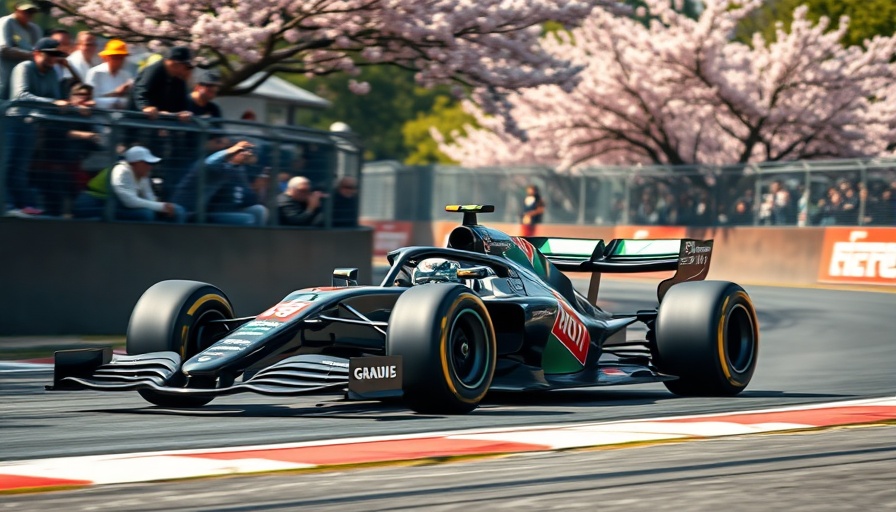
Unpacking the Success of Tyre Strategy in Suzuka
The 2025 Formula 1 season continues to showcase the prowess of Max Verstappen, who not only clinched pole position but also secured victory at the Japanese Grand Prix, marking his fourth consecutive win at this track. Dominating the race, Verstappen's seamless performance was complemented by innovative tyre strategies that showcased the effectiveness of Pirelli's hard compounds.
Low Degradation: A Key to Victory
This year's race at Suzuka highlighted a unique scenario where the drivers experienced minimal tyre degradation. Pirelli's decision to introduce the hardest C1 compound, alongside the C2 and C3, was pivotal. Mario Isola, Pirelli's motorsport director, emphasized that the unexpected consistency in lap times throughout the race surprised many, as thermal degradation typically plays a vital role in determining race outcomes.
The Power of One-Stop Strategies
Utilizing a single-stop strategy became the optimal choice for most racers, with an overwhelming majority opting for this approach after evaluating Friday's data. Notably, 15 out of the top 16 drivers chose the medium compound for the start, allowing them to extend their initial stints effectively. This strategic setup not only optimized tyre performance but also set the stage for competitive finishing times among the top drivers.
Lessons for Future Races: Tyre Management is Key
The Suzuka race served as a textbook example of how effective tyre management can lead to dominating performances. As teams prepare for upcoming races, understanding the dynamics of tyre degradation and how it influences strategy will be crucial. Thus, the successful application of a low-degradation tyre strategy could reshape tactics in future races as teams look to replicate this approach.
Close Racing: A Shiny Edge Amid Strategy
Despite the dominance displayed by Verstappen, the race produced tight finishing positions, notably with the top three drivers separated by a mere two seconds at the chequered flag. This element of surprise and competition is vital for keeping fans engaged, even in races where one driver seems to control the pace. Notably, 14 of the 20 drivers clocked their fastest laps in the race's last five laps, hinting at the untapped potential remaining in the tyres.
Wrapping Up: What This Means Moving Forward
As the teams leave Suzuka, the key takeaway revolves around understanding how to adapt strategies based on tyre performance and degradation. For fans and teams alike, this presents an exciting opportunity to watch how different strategies unfold across races. The implications of tyre management extend beyond F1, serving as insights into performance optimization in various competitive scenarios.
 Add Row
Add Row  Add
Add 

 Add Row
Add Row  Add Element
Add Element 




Write A Comment